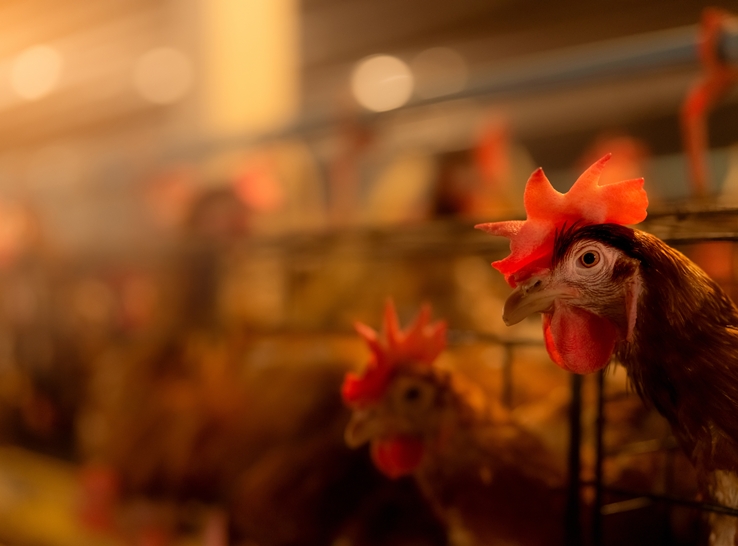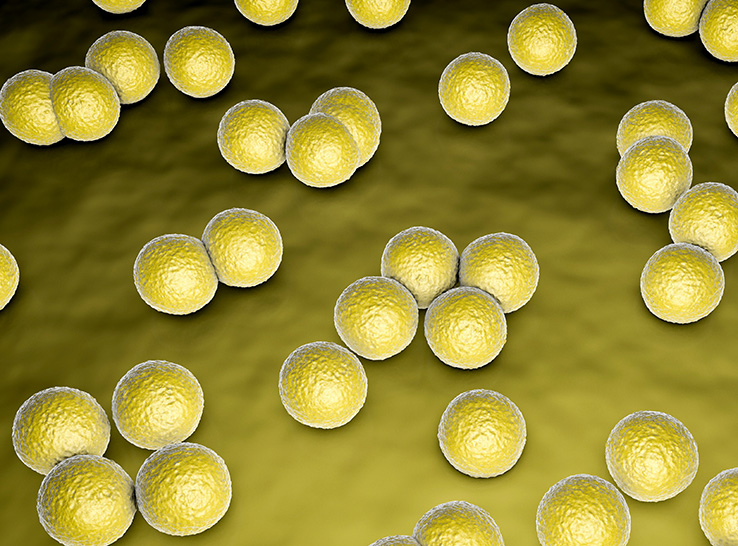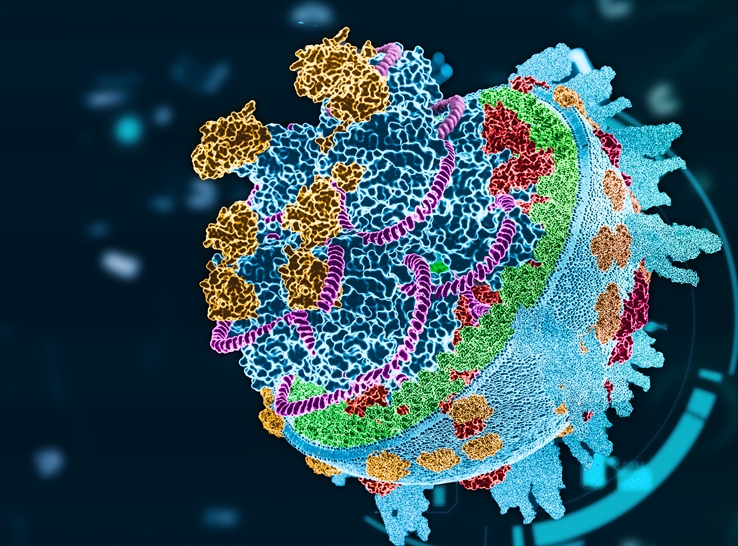Adding fishmeal into the diets of broiler breeder roosters could improve egg hatchability, North Carolina State University research suggests.
Hatchability of broiler breeder eggs has declined in the last decade, down to 80% in 2021, graduate student Emmillie Boot told an audience at the 2024 International Poultry Scientific Forum. This decrease has led scientists to explore ways to maintain or improve rooster sperm quality.
“In 2022, there were 10 billion broiler chicks hatched in the US alone. Increasing hatchability by 1% through improving sperm-quality parameters in the rooster could result in an additional 100 million broiler chicks each year,” she said.
New work tests historical findings
Boot and her team set out to test the impact of including 3.2% fishmeal in roosters’ feed in a pen setting and using natural mating. The concept for the study built on historical work, which had shown improvements in rooster fertility and semen quality when fishmeal was added to roosters’ feed, she explained.
They fed two groups of 15 roosters a diet with or without fishmeal. When the roosters were 34 and 35 weeks of age, the researchers assessed the roosters’ semen quality using an automated sperm-quality analyzer, which looks at total sperm count and sperm motility.
To assess egg fertility and hatchability, Boot used a floor-pen model with 16 hens and two roosters in each. The hens were fed a standard commercial diet. Over the first 3 months of lay, the scientists collected eggs three times, set them and candled them at 11 days of incubation to remove those that were not developing. They visually inspected these eggs to check fertility, while at day of hatch, they broke out residue of unhatched eggs to confirm fertility.
Hatchability rises with fishmeal use
From the data collected, Boot found that while there were no significant differences in sperm quality or egg fertility between the two diets, there was an 8% uptick in hatchability in the fishmeal group.
“Although the increased hatchability with fishmeal wasn’t statistically significant, such an increase would be a huge impact to the industry if you were able to keep roosters at 50 weeks of age and maintain egg hatchability at 88%,” Boot said.
Further work is required to explore the root cause of the hatchability improvements, she noted. Another route to explore would be continuing the experiment to the end of the flock cycle to determine if the impact of the treatments vary. Additionally, the diet could be tested in hens as well as roosters.







